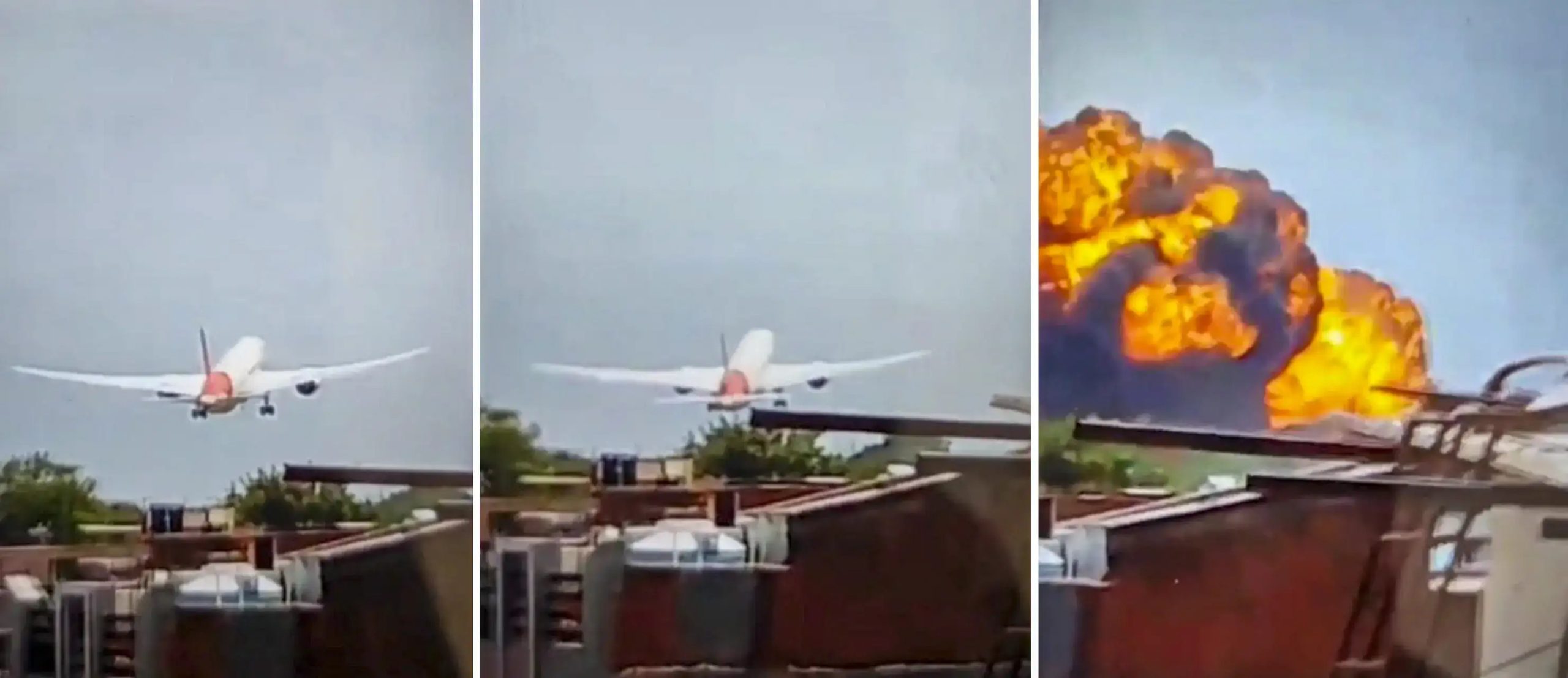The tragic crash of Air India Flight 171 in Ahmedabad on June 12, 2025, which claimed 241 lives and left only one survivor on board, has brought renewed scrutiny on India’s civil aviation sector. The crash, however, killed 274 including 5 doctors at the BJ Medical College’s hostel and other who are yet to be identified. The Boeing 787-8 Dreamliner, registered VT-ANB and bound for London Gatwick, crashed just minutes after takeoff from Sardar Vallabhbhai Patel International Airport.
Engines of discontent
One of the most pressing challenges haunting Indian carriers is the persistent failure of Pratt & Whitney (P&W) geared turbofan engines. This issue, compounded by global supply chain disruptions, has led to widespread grounding of aircraft, severely impacting operational capacity.
A report by credit rating agency ICRA outlined the scale of the problem: “Supply-chain challenges and engine failure issues impact industry capacity; the industry has been f ..
These problems triggered the demise of Go Airlines (India) Ltd, better known as Go First, which was ordered into liquidation by the National Company Law Tribunal (NCLT) in January 2025 after being forced to ground nearly half its fleet in FY24 due to engine faults.
Go First pursued compensation through litigation in US courts.
IndiGo, India’s largest airline by market share, has also suffered. As of January 30, 2025, around 60 to 70 of its aircraft were grounded.
largely due to “powder metal contamination” in P&W’s GTF engines, a defect confirmed by NITI Aayog.
As per ICRA, by March 2025, about 133 aircraft, roughly 16% of India’s total commercial fleet, were grounded, a modest improvement from 154 grounded aircraft in September 2023, but still a major blow to airline capacity and profitability.
To keep planes flying, carriers have increasingly resorted to wet-leasing older aircraft at short notice. These planes come with higher lease r ..
rentals and poorer fuel efficiency, hurting margins even as ticket prices remain high. Airlines have tried to offset these costs through strong yields, full flights, and partial compensation from engine manufacturers, according to ICRA.
IndiGo’s pivot away from Pratt & Whitney
IndiGo has responded by gradually shifting towards a CFM International-powered fleet. “IndiGo’s reliance on Pratt & Whitney engines continues to decline amid shift to CFM-powered fleet,” ET reported. ..

